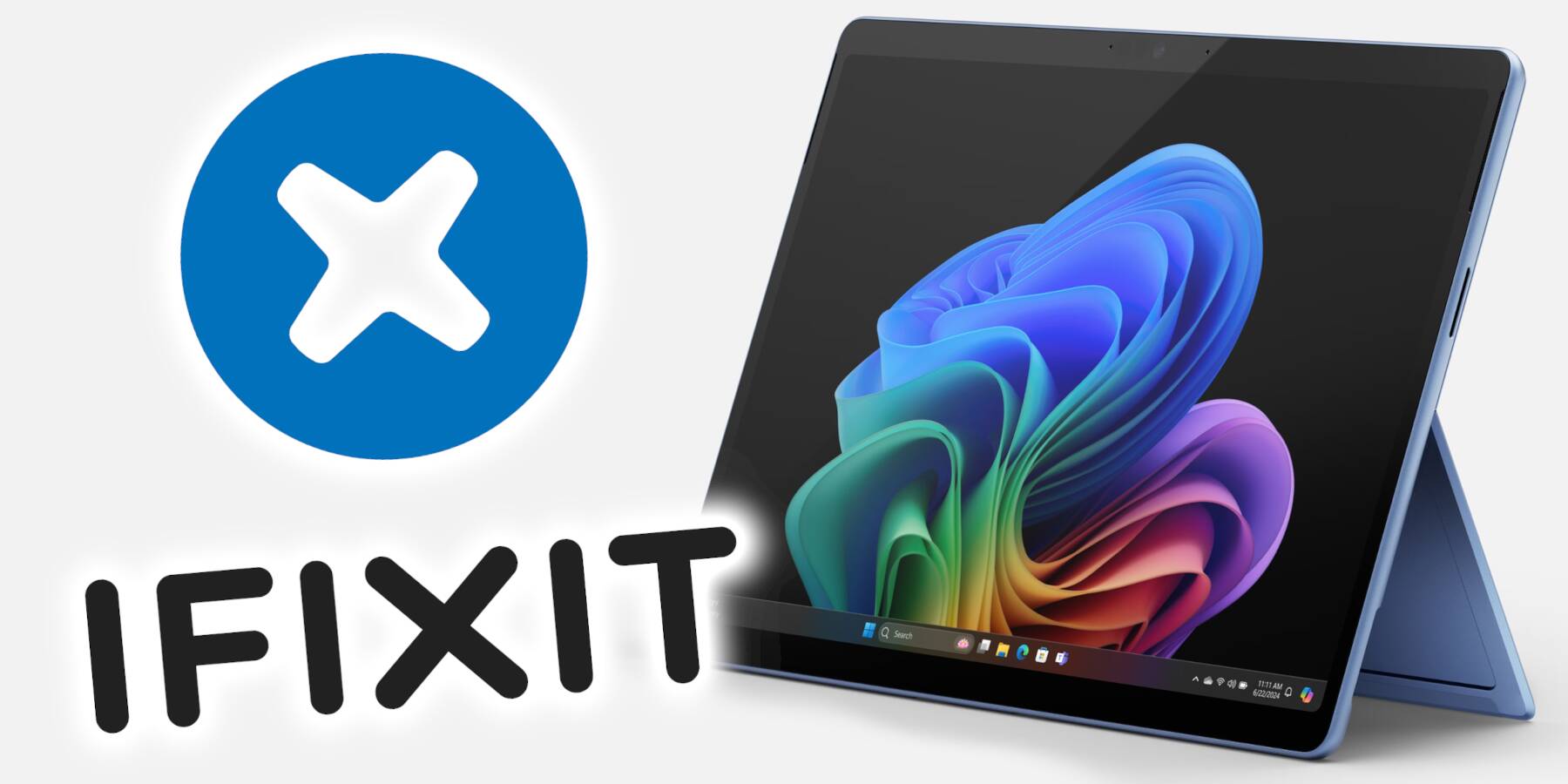Microsoft has received a thumbs-up from iFixit, with a provisional 8 out of 10 for repairability on its latest Surface Pro and Laptop devices.
Despite some issues with software recovery, the devices have been built for hardware repairability.
It is quite the turnaround from the days of the first iteration of the Surface Laptop, in which the iFixit team was forced to use a scalpel to get into the device. “This is definitely not going back together without a roll of duct tape,” the team observed during the 2017 teardown.
In comparison, the team described Microsoft’s latest laptop as “an astonishingly repair friendly device.”
Where once there might have been glue or fragile clips, there are now screws and even QR codes linking to the service manuals (made available on release day, according to iFixit).
Stripping the device is a breeze, assuming the correct tools are used. Microsoft has helpfully provided “Wayfinders” to indicate the type and quantity of screws being used to secure components, meaning that a repairer could even do without the online guides when pulling the hardware apart.
The good news is offset a little by a Wi-Fi module that cannot easily be replaced and the inevitable soldered-on RAM. A user would need to opt for something like the Framework laptop for ultimate repair and upgradability, but the Surface Laptop 7 is a huge leap in the right direction.
The same can also be said for the Surface Pro 11. While removing the screen remains a heart-stopping process due to the device’s tablet nature, the hardware is still impressively modular. As with previous generations of Microsoft tablets, the storage can be swapped out without disassembling the rest of the device.
Readers of a certain age will remember the days when batteries could replaced without dismantling a laptop, and memory upgrades could be achieved with minimal skill. While Microsoft’s Surface devices have yet to return to those halcyon times, iFixit’s provisional 8 out of 10 shows that it is possible to build desirable hardware that doesn’t require a visit to the recycling center when the battery starts to play up.
Regardless of the motives for Microsoft’s move to repairability – a cynic might point to regulators taking a closer look at hardware makers – the approach is to be applauded. Other manufacturers should take note. ®

